Spring is here! Here's how to do laundry to reduce allergens
Here's why an allergy setting on your washing machine matters
Products are chosen independently by our editors. Purchases made through our links may earn us a commission.
Spring is here and with its arrival comes warm weather, blooming flowers, and allergens. Yes, those itty-bitty particles, like pet dander and pollen, that irritate your sinuses. If you’re one of the people who suffer from allergies every year, it’s time to bust out the air purifier and think about upping your vacuuming game.
However, one thing that people often overlook is that clothes become major allergen carriers every time you step outside. Putting your laundry through a normal wash cycle might not be enough to kill dust mites and remove allergens. Not to worry, we have plenty of laundry tips to help reduce the amount of allergy-causing substances off your clothes.
Spring cleaning season is here. Sign up for our monthlong cleaning newsletter and we'll get your home sparkling before your first allergy attack.
1. Use an allergen or sanitize cycle on your washer
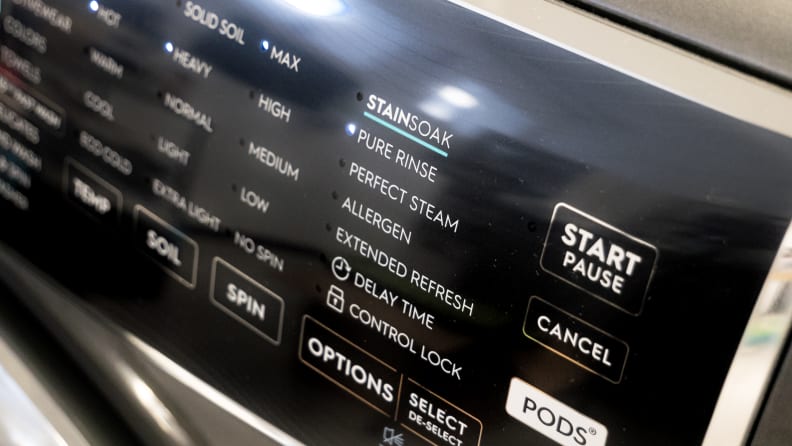
The Allergen feature on this Electrolux is NSF-certified.
Good old-fashioned hot water is an excellent solution for eliminating allergens like dust mites and bacteria.
For example, when we tested the Electrolux ELFW7637AT, we threw in temperature sensors and found that this front-load washer is capable of outputting temperatures north of 165°F.
It’s even got a National Sanitation Foundation certification, which requires a washer to be able to achieve temperatures of up to 131°F for at least three minutes and remove at least 95% of pet dandruff and birch pollen. It’s one of the many reasons why the ELFW7637AT is our highest-rated washing machine and the best washer for allergies.
However, the NSF is not the only game in town. LG’s Allergiene cycle received a stamp of approval from the Asthma and Allergy Foundation of America because it removes 95% of dust mites and pollen via gentle steam.
If you’re constantly fighting a mountain of laundry, then you should check out the LG WM4500HBA. It has a 5-cubic-foot drum and a top-notch Allergiene cycle.
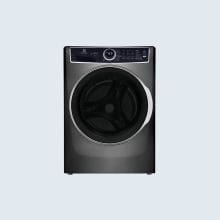
The Electrolux ELFW7637AT has extraordinary cleaning power and easy-to-read controls.
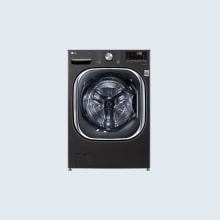
The LG WM4500HBA has a large capacity drum, fast cycle times, and smart features.
2. Try a new type of detergent
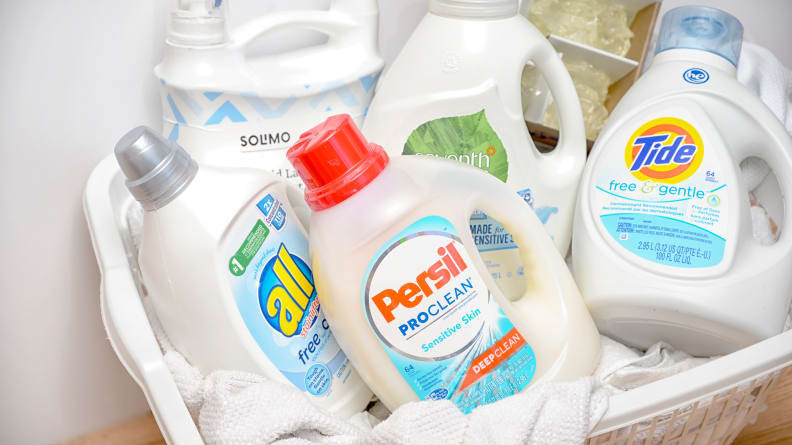
Your detergent could be a source of allergens.
Did you know you can be allergic to your detergent? It’s a condition called contact dermatitis and you should talk to your doctor about it if you experience rashes after switching laundry soaps.
However, there is a whole host of laundry detergents for sensitive skin that are designed to minimize the number of harsh chemicals in their formulas.
Our favorite detergent for sensitive skin is made by Persil. We tested it in our labs and found that it removes stains just as well as regular detergents.
And if you’re interested in removing even more chemicals from your laundry routine, try replacing a dryer ball instead of fabric softeners.
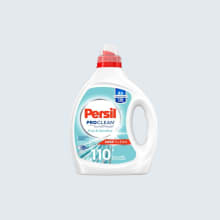
Unscented and hypoallergenic, Persil cleans as deep as regular detergents.
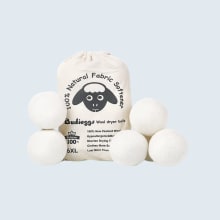
Budieggs wool dryer balls shorten dryer times and offer a no-chemical dry.
3. Keep your washer clean
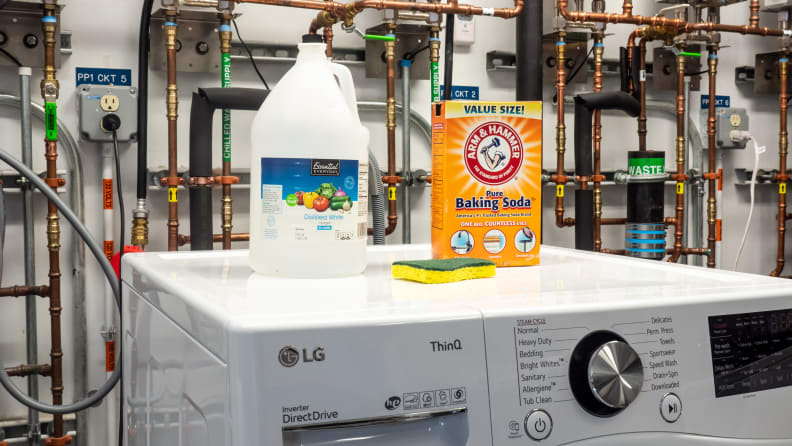
To clean your washer, all you need is vinegar, baking soda, and a sponge.
If you’re sensitive to mold and mildew, your washer may be a source that you’ve overlooked. One simple trick, especially if you have a front loader, is to leave your washer door open. It’ll help keep the interior dry and prevent gross stuff from growing in there.
But if your washer is already less than pristine, we have detailed instructions on how to clean your washer’s drum. The short version: Scrub the inside with white vinegar and baking soda, or you can buy Affresh tablets that will do some of the work for you.
4. Make sure your dryer vents are clean
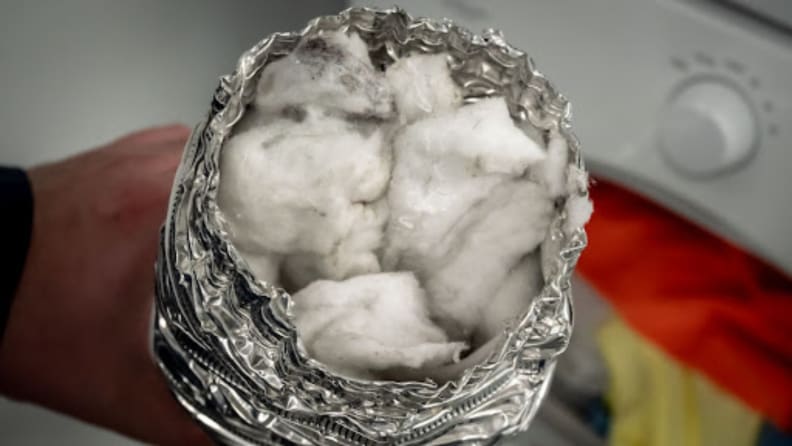
A dirty dryer and vents could be irritating your sinuses.
Aside from being a fire hazard, dirty dryer vents can also irritate your sinuses by leaving itchy lint on your clothes and in the air. You can help reduce and prevent this by cleaning your dryer’s lint trap after every cycle and vacuuming out the ducts that your dyer exhausts into at least once a year.
This can be done with a dryer vent and duct brush. The whole process is moderately difficult and made infinitely easier with two people. The simplest way to do it is to flip the breaker your dryer is attached to in order to make it safe. Then, move it so it exposes the duct, unhook it from the vent, and finally force air through the ductwork with either a shop vacuum or a blower.
The product experts at Reviewed have all your shopping needs covered. Follow Reviewed on Facebook, Twitter, Instagram, TikTok, or Flipboard for the latest deals, product reviews, and more.
Prices were accurate at the time this article was published but may change over time.


